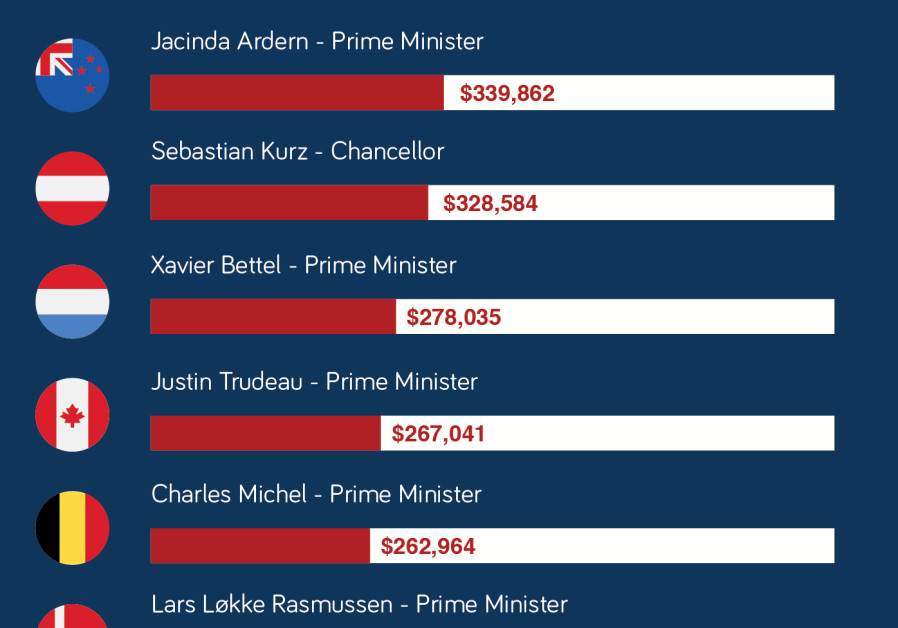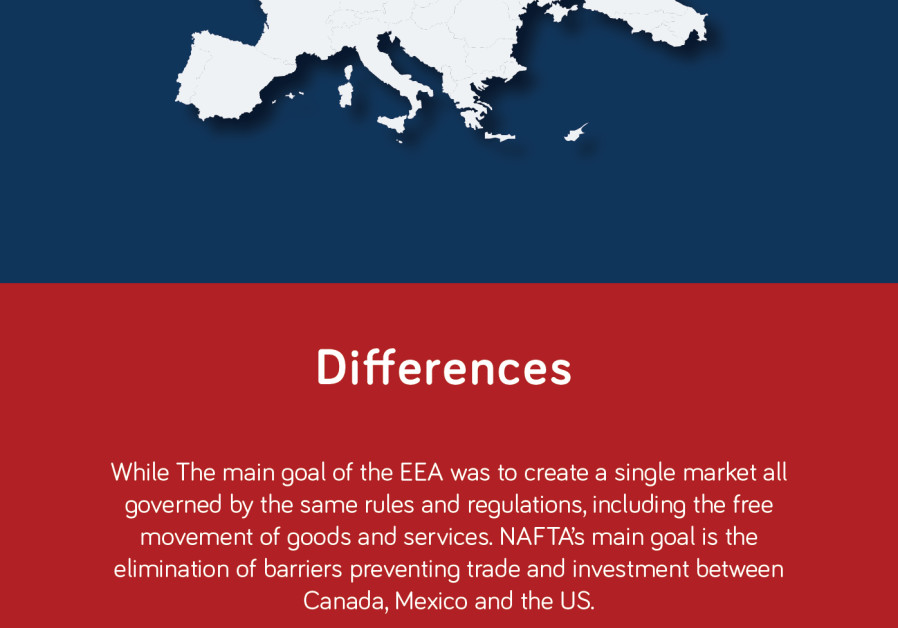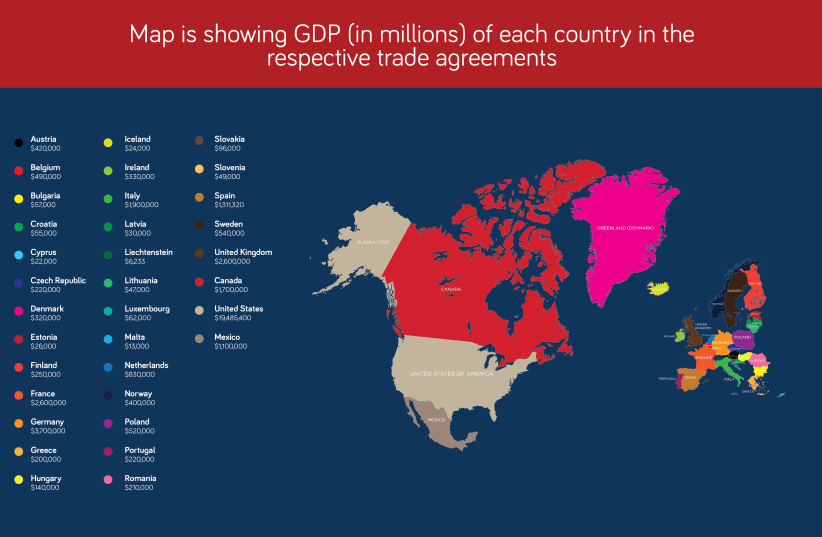
North American Free Trade Agreement (NAFTA)
NAFTA is a trade agreement between Canada, the United States of America and Mexico, and was created in 1994 after years of discussion, revision and finally ratification. It was released to eliminate certain barriers to trade and investment between the three countries. This included the elimination of tariffs from goods going into the US from Mexico and from the US into Canada. In September 2018, it was announced that NAFTA was being replaced in 2020 by the United States-Mexico-Canada-Agreement (USMCA).One of the biggest benefits of NAFTA was that it severely reduced the import costs for all three countries, which helped to reduce the risk of inflation and enable interest rates to remain low, maintaining steady oil prices and food prices.Between 1993 and 2017, trade between the three countries quadrupled to over $1 trillion. The free trade agreements have now been being restructured but the trilateral pact has been preserved, albeit under a new name (USMCA) with slightly different provisions within the same overarching principle.
